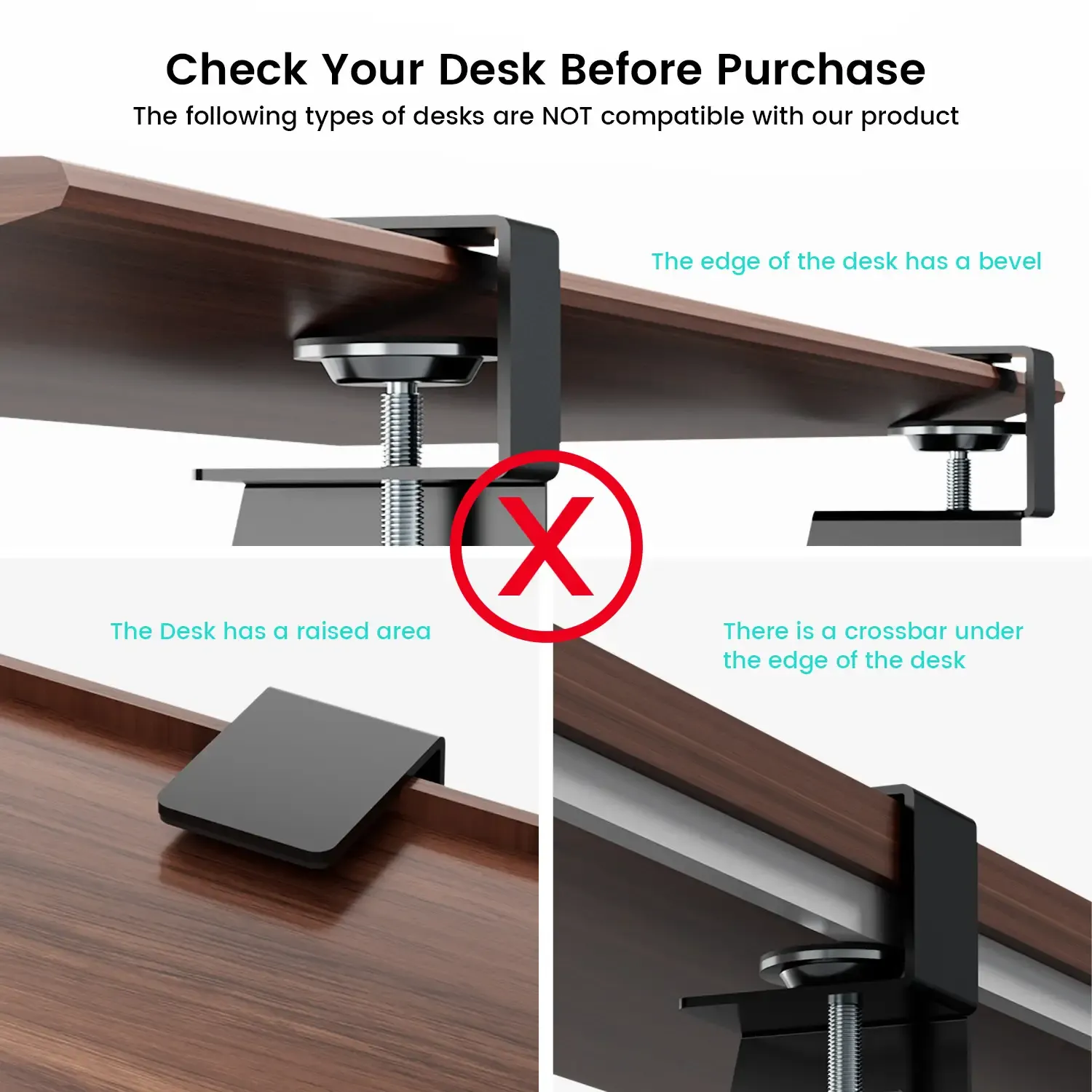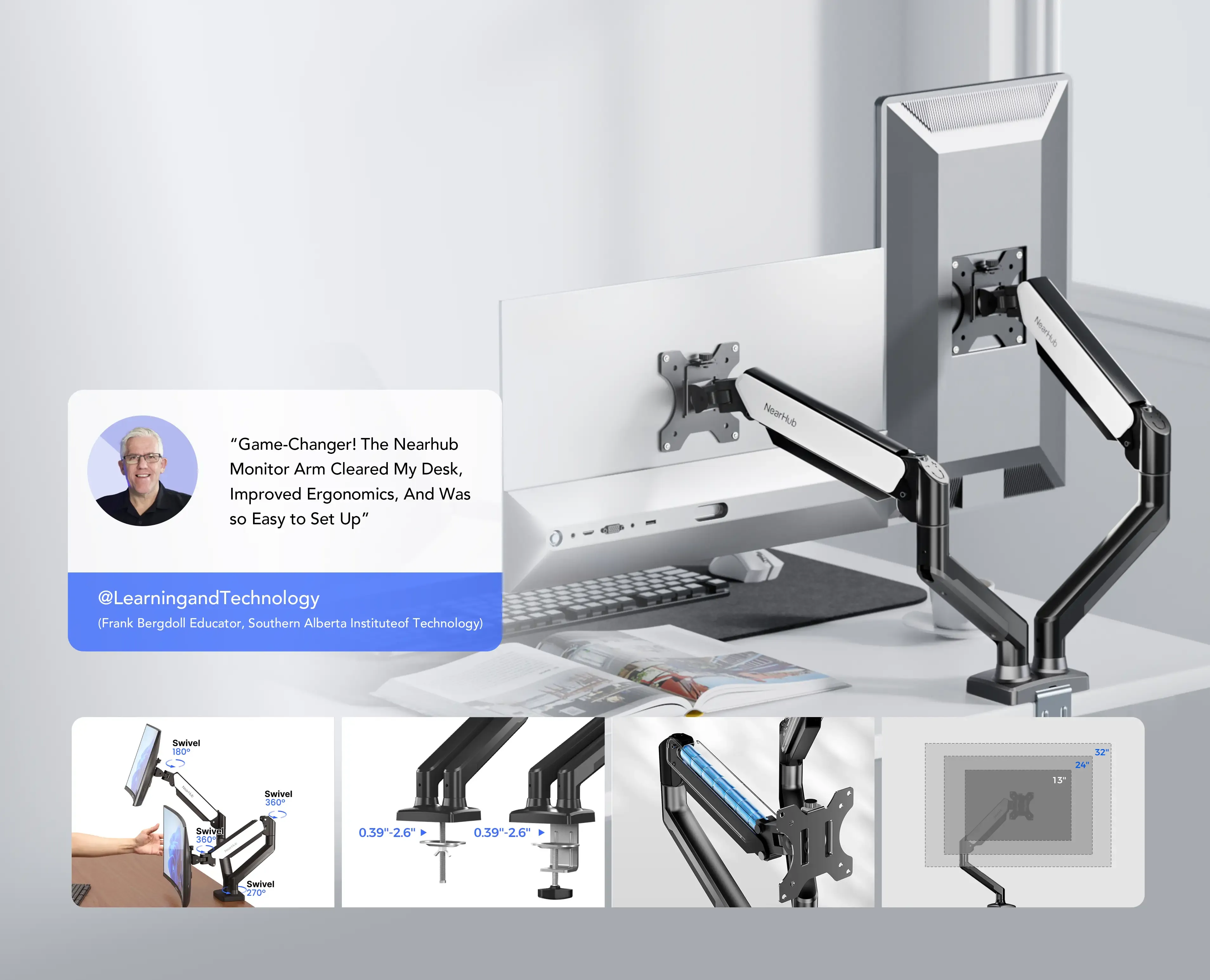In this insightful article, the author recounts a personal transition from enduring chronic discomfort and reduced work efficiency due to an inadequate workspace to realizing the benefits of ergonomic office furniture and meticulous furniture care. The discussion encompasses practical strategies for maintaining office furniture, including regular cleaning, routine maintenance, and the use of protective accessories like desk mats and coasters. Emphasis is placed on the importance of selecting appropriate ergonomic solutions, such as small desks and chairs for limited spaces and ergonomic chairs suitable for big and tall individuals. The article highlights how these measures not only enhance physical well-being and productivity but also result in long-term financial advantages by minimizing healthcare costs and preventing premature furniture replacement.
I used to suffer from constant aches, slouching, and even missed work hours—all because of an inefficient, uncomfortable workspace. It wasn’t until I invested in ergonomic office furniture that I realized the true value of injury prevention. Upgrading my setup not only improved my posture and reduced pain but also saved money over time by minimizing costly medical visits and preventing premature furniture damage. Today, I’m excited to share my journey and how smart investments in ergonomics and furniture care protection can pay off.
1. Furniture Care Protection: The Foundation of a Long-Lasting Office
When I first revamped my workspace, my top priority was furniture care protection. I quickly learned that regular maintenance and smart habits could significantly extend the lifespan of my office investments. Here’s what I do:
- Daily Cleaning: I dust and wipe surfaces to avoid buildup.
- Regular Maintenance: Tighten screws, check for loose parts, and inspect joints.
- Protective Accessories: I use desk mats and coasters to keep surfaces pristine.
I always emphasize furniture care protection in my routine—it’s the first step in saving money and ensuring a safe, comfortable work environment.
2. Investing in Furniture Protection Products for Longevity
Upgrading to ergonomic office furniture is only part of the equation. To truly safeguard my investment, I turned to quality furniture protection products. These products help shield my office furniture from daily wear and tear, reducing repair and replacement costs.
- Chair and Desk Mats: Prevent scratches and scuffs.
- Edge Protectors: These guard against accidental bumps.
- Cushion Covers: Extend the life of upholstered surfaces.
For those working in compact spaces, exploring solutions like small desk and chairs can maximize both comfort and protection. I rely on furniture protection products every day to maintain the pristine condition of my workspace.
3. Enhancing Durability with Furniture Corner Protection
One area that often gets overlooked is the vulnerability of furniture corners. That’s why I make sure to invest in effective furniture corner protection. This simple addition can prevent dents and damage from accidental impacts.
- Corner Bumpers: I apply these to desks and cabinets.
- DIY Solutions: Felt pads work wonders on sharp edges.
- Regular Checks: I inspect corners periodically for wear.
Using furniture corner protection not only preserves the look of your furniture but also prevents costly repairs. I’ve found that these small details truly make a big difference in maintaining the overall integrity of my office setup.
4. Maximizing Lifespan with Furniture Leg Protection
Furniture legs are particularly prone to scratches and scuffs from constant movement and contact with floors. Implementing furniture leg protection was a game changer for me. Here’s how I keep my chairs and desks looking new:
- Leg Caps and Pads: Slip-on pads reduce friction and prevent scuff marks.
- Regular Rotation: I occasionally reposition my furniture to minimize repetitive wear.
- Cleaning Routine: Wipe down legs to remove dirt that can cause abrasions.
If you require additional ergonomic support, an ergonomic chair big and tall ensures that your seating is both comfortable and durable. By integrating furniture leg protection into my maintenance routine, I ensure that my office furniture remains durable and visually appealing over time.

5. How to Protect Furniture When Moving: A Step-by-Step Guide
Relocating or rearranging your office can be stressful—especially when it comes to safeguarding your furniture. I learned the hard way that knowing how to protect furniture when moving is crucial for preserving your investments. Follow these steps:
- Disassemble When Possible: Remove legs from desks and detach chair components.
- Use Moving Blankets: Wrap each item to cushion against impacts.
- Secure with Straps: Keep everything tightly bundled to prevent shifting.
- Label Fragile Items: Clear labeling minimizes mishandling during transport.
Using tools such as a keyboard pull out desk can simplify disassembly and help protect your workspace during moves. I always remind myself of how to protect furniture when moving before any relocation. It’s a simple, effective strategy that has saved me from costly damage and stress.

6. Choosing a Reliable Furniture Protection Service for Your Office
Sometimes, you need professional help to keep your office in top shape. That’s when I turned to a furniture protection service. These services offer specialized care that goes beyond everyday maintenance, ensuring that your ergonomic investments are well-protected.
- Professional Cleaning: Deep cleaning services that preserve delicate surfaces.
- Repair and Maintenance: Expert fixes for minor damages before they worsen.
- Customized Protection Plans: Tailored solutions for unique office setups.
Additionally, securing your technology is important during any office update—consider a robust monitor near solution to keep your screens safe. I highly recommend exploring a furniture protection service if you want to take your office maintenance to the next level. Their expertise can truly extend the lifespan of your furniture while keeping your workspace safe and efficient.

7. Maintaining Scratch Protection for Furniture: Tips and Tricks
Scratches can be a constant headache, detracting from the overall look and function of your office furniture. I made it a priority to implement robust scratch protection for furniture across my workspace. Here’s what works for me:
- Protective Coatings: Applying sealants that guard against minor abrasions.
- Surface Films: Use transparent films on desktops and table surfaces.
- Careful Placement: Avoid sliding heavy objects across surfaces to minimize friction.
I frequently review my scratch protection for furniture strategy to ensure my office remains professional and damage-free. Combining these methods with regular maintenance keeps my workspace looking its best.
Bringing It All Together: Ergonomics Equals Savings
Investing in ergonomic office furniture isn’t just about immediate comfort—it’s a long-term investment in your health and financial savings. When you prioritize furniture care protection and use smart furniture protection products, you not only enhance comfort but also extend the lifespan of your office setup. With measures like furniture corner protection, furniture leg protection, and scratch protection for furniture, you create a workspace that supports your health and your budget. Additionally, knowing how to protect furniture when moving and considering a professional furniture protection service can significantly increase your return on investment.

FAQs
Q: How often should I perform furniture care protection routines?
A: I recommend a weekly cleaning schedule along with periodic maintenance checks. Consistent furniture care protection goes a long way in preserving your investment.
Q: What are the best furniture protection products for my office?
A: Look for high-quality mats, edge guards, and leg pads. These furniture protection products are essential for keeping your office looking new.
Q: How can I ensure effective furniture corner protection?
A: Use corner bumpers and felt pads to shield vulnerable areas. Regular inspection helps maintain your furniture corner protection.
Q: What is the most effective method for furniture leg protection?
A: I rely on leg caps and protective pads to minimize wear. These simple steps in furniture leg protection significantly extend the lifespan of my furniture.
Q: What are some tips on how to protect furniture when moving?
A: Disassemble, wrap in moving blankets, secure with straps, and label fragile items. Following these steps is my go-to guide on how to protect furniture when moving.
Q: Should I hire a furniture protection service, and why?
A: Absolutely. A professional furniture protection service can provide deep cleaning, repair, and tailored maintenance plans, ensuring your office remains in excellent condition.
Q: How do I maintain scratch protection for furniture in a busy office?
A: Use protective coatings and surface films on high-traffic areas, and always handle furniture with care. These methods for scratch protection for furniture keep your office pristine.
Conclusion
Upgrading your office with ergonomic furniture isn’t just about comfort—it’s a strategic move that saves money by preventing injuries and preserving your equipment. By incorporating regular furniture care protection, leveraging quality furniture protection products, and ensuring robust measures like furniture corner protection, furniture leg protection, and scratch protection for furniture, you set up a workspace that lasts. Whether you’re rearranging your space and need to know how to protect furniture when moving or considering a professional furniture protection service, every step you take can lead to significant ROI.

Ready to transform your workspace? Start with smart investments and experience the benefits of a protected, injury-free office that saves you money in the long run. Your health—and your wallet—will thank you!













































